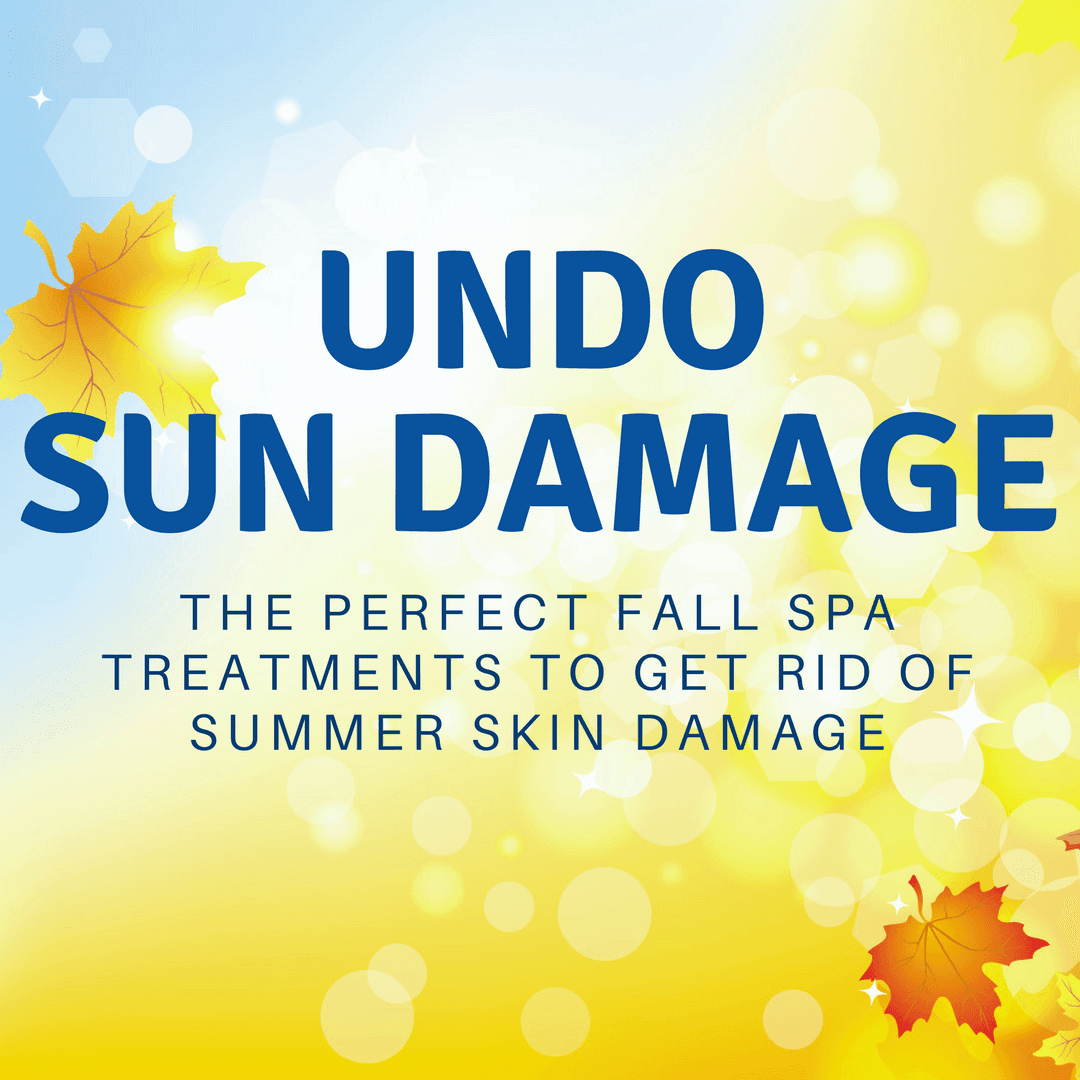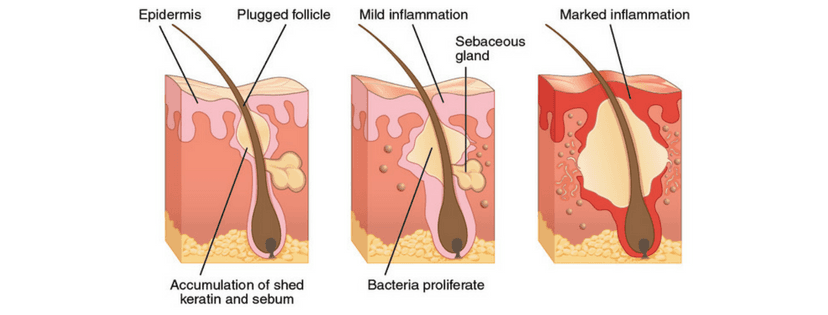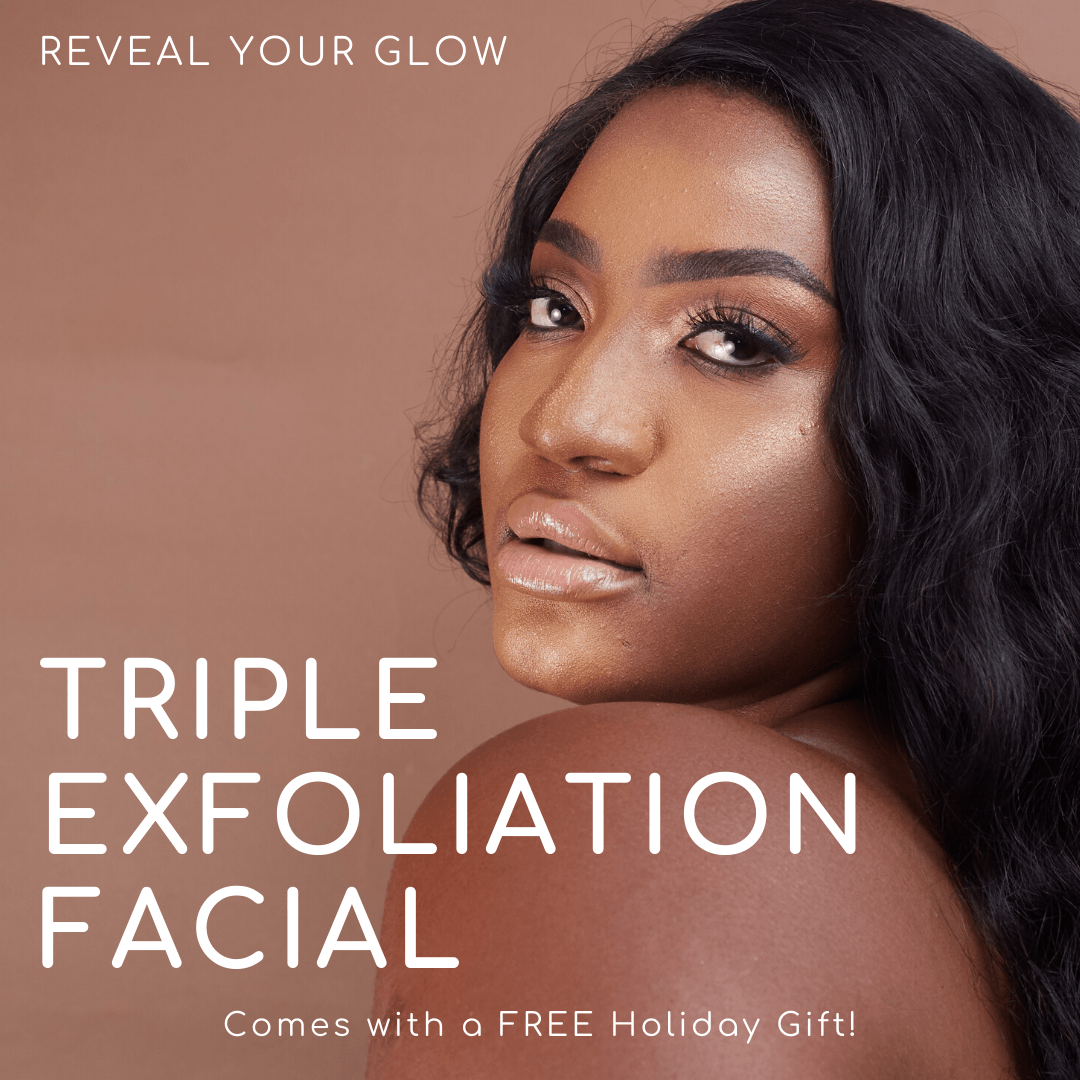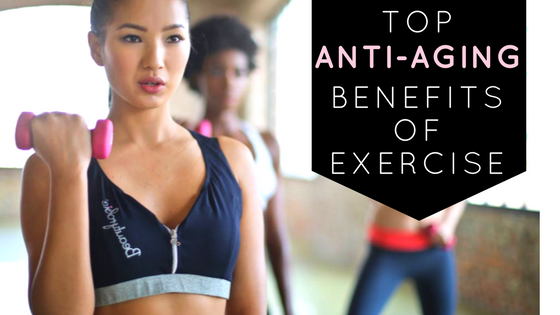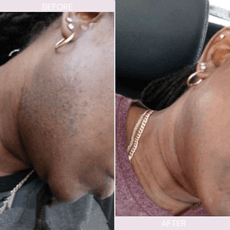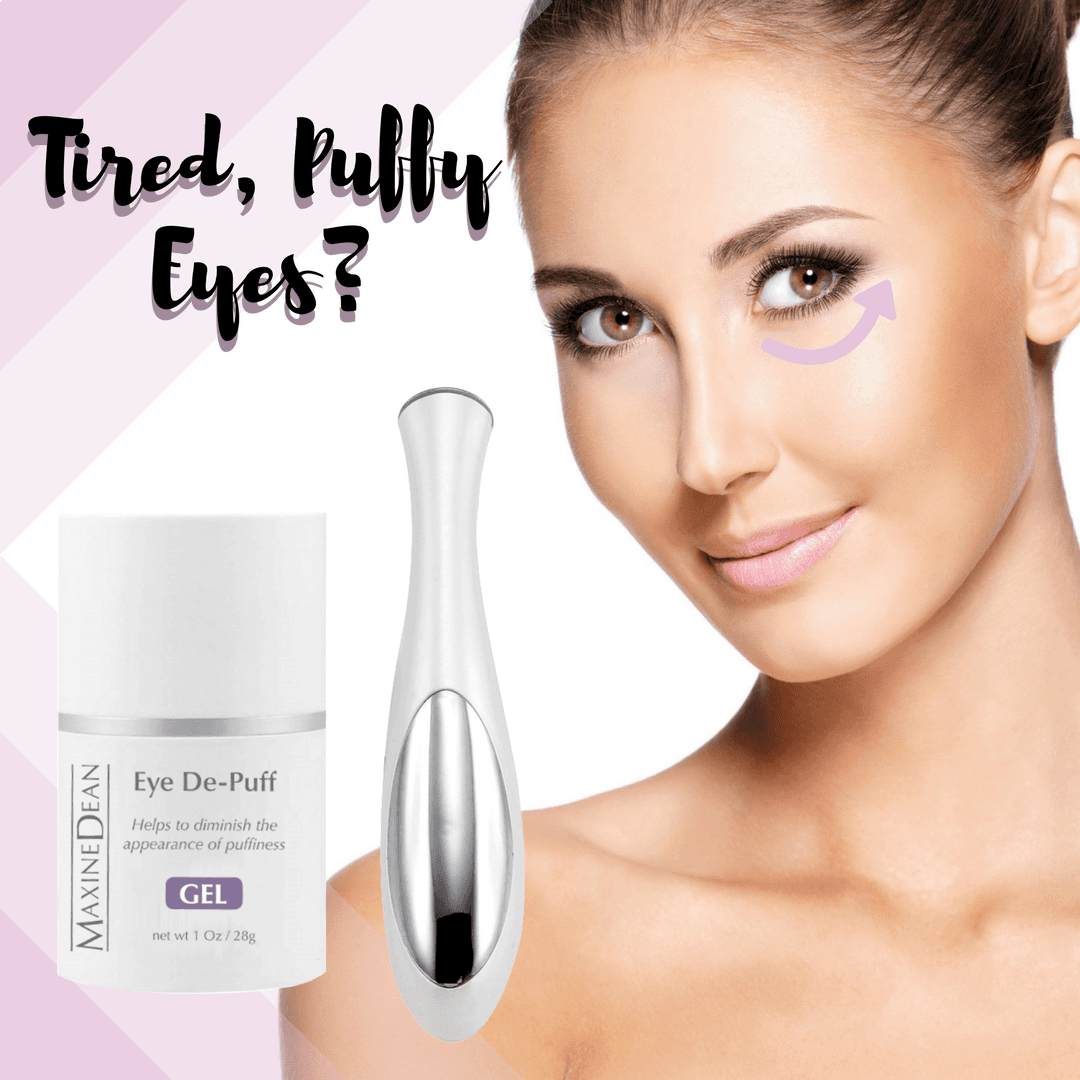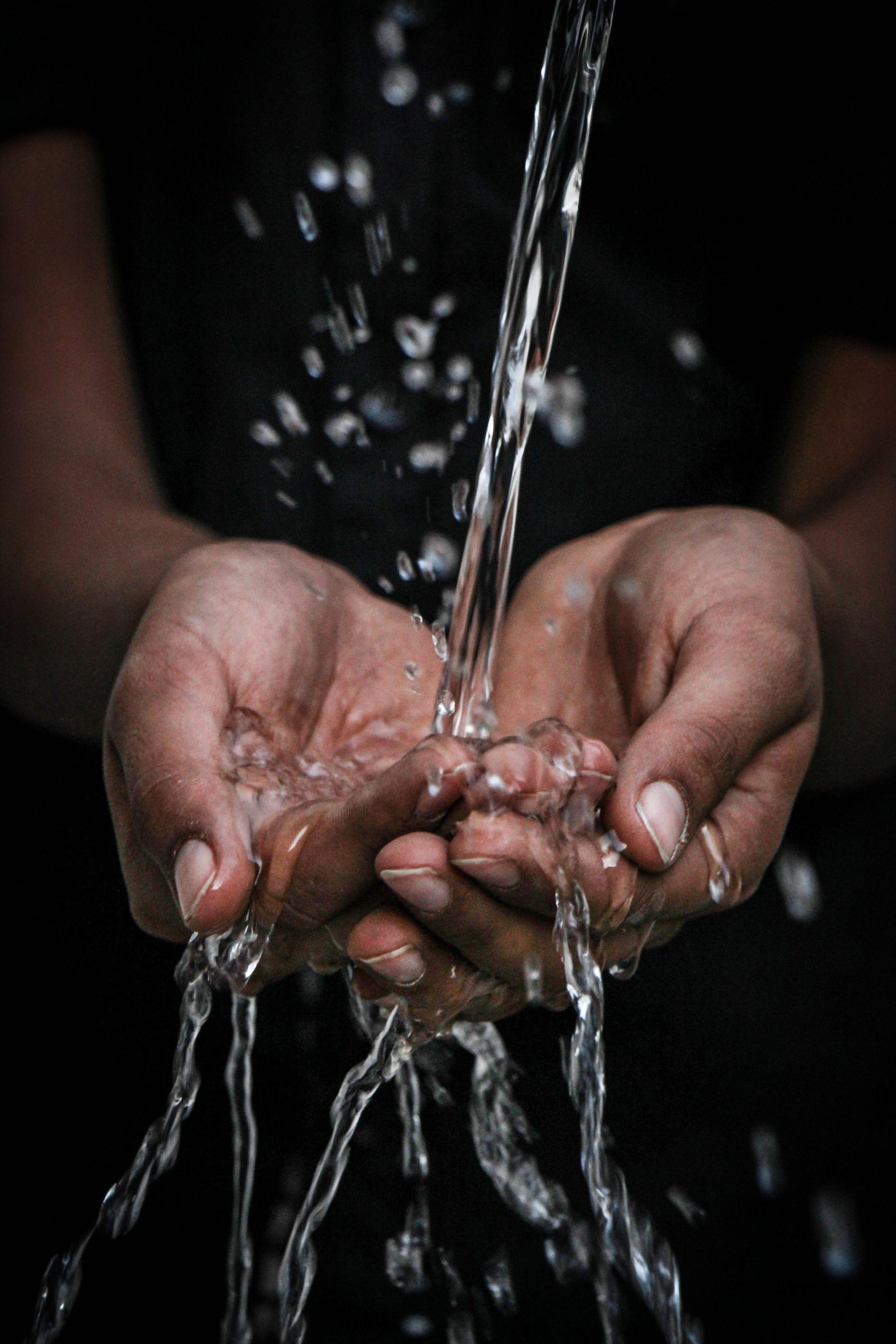What is Benzoyl Peroxide?
How Benzoyl Peroxide Clears & Prevents Breakouts
Benzoyl Peroxide has antibacterial and antimicrobial properties. It penetrates pores and kills p.acne, the strain of bacteria that causes breakouts. BPO even fights bacteria that is resistant to topical antibiotics. It's also a keratolytic, which means that it'll help breakdown the buildup of dead skin, dirt and oil trapped inside pores. With continued use, BPO reduces sebum production which helps control oil.
BPO works well by itself, as well as part of a routine with different acne treatments. Alpha Hydroxy Acids such as Salicylic Acid and Glycolic Acid are often used in conjunction with Benzoyl Peroxide to treat severe acne. Salicylic Acid and Glycolic acids gently exfoliate the skin and increase skin cell turnover, allowing benzoyl peroxide treat the skin more effectively.
Benzoyl peroxide can potentially damage the skin's natural barrier function, and deplete antioxidant and moisture content by oxidizing fats from the skin. This is what causes dryness and inflammation. To neutralize this effect, it's recommend to follow up BPO with a moisturizer - even for oily skin!) or use a formulation with skin soothing ingredients like the Acne Clear Serum and Acne Clear Pads.
Side effects of traditional benzoyl peroxide include redness, dry, flaky or itchy skin and mild irritation. These side effects usually subside within a week or so, once your skin has adjusted to the BPO. If you experience irritation, you may want to use BPO once a day or every other day to allow your skin to adjust, or use products formulated with micronized BPO that do not cause irritation. Be mindful of getting dressed while using Benzoyl Peroxide, as it can bleach clothes, towels and pillow cases.
Once you've cleared your acne with Benzoyl Peroxide, you still need to use it as a maintenance measure. BPO is only effective because it kills the bacteria that causes acne. If you stop using Benzoyl Peroxide, then the bacteria will come back - along with breakouts.

